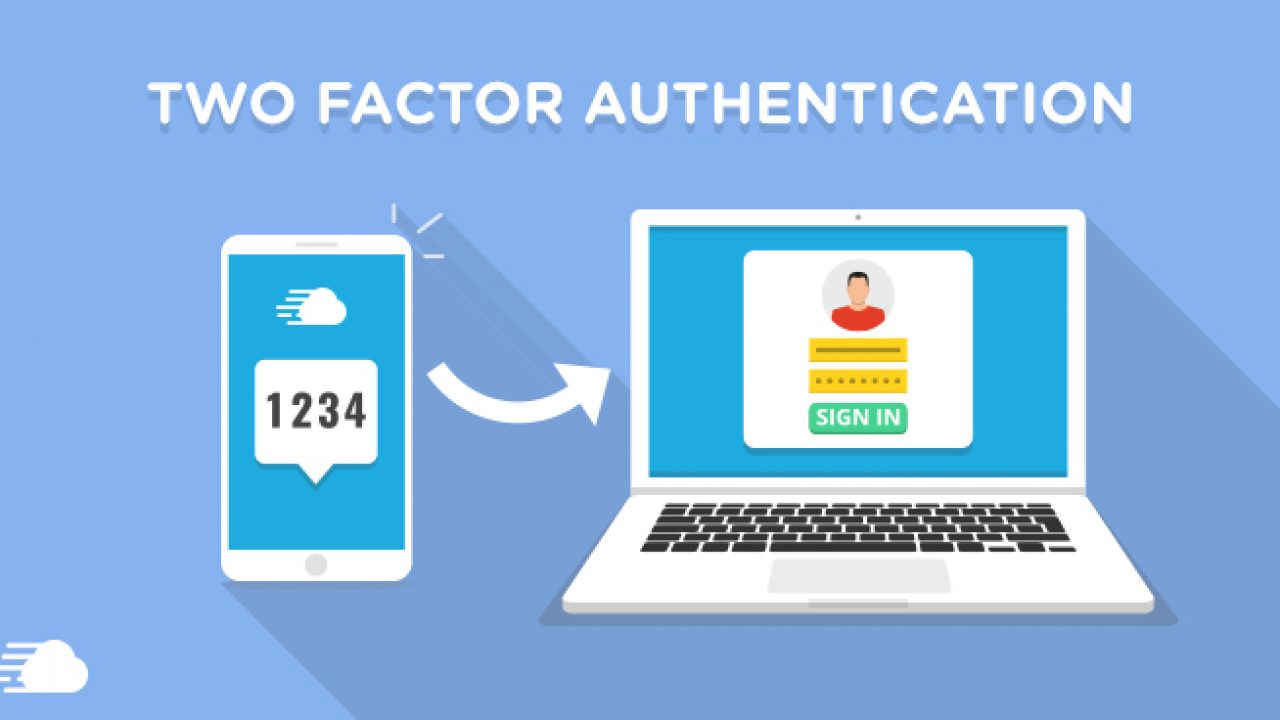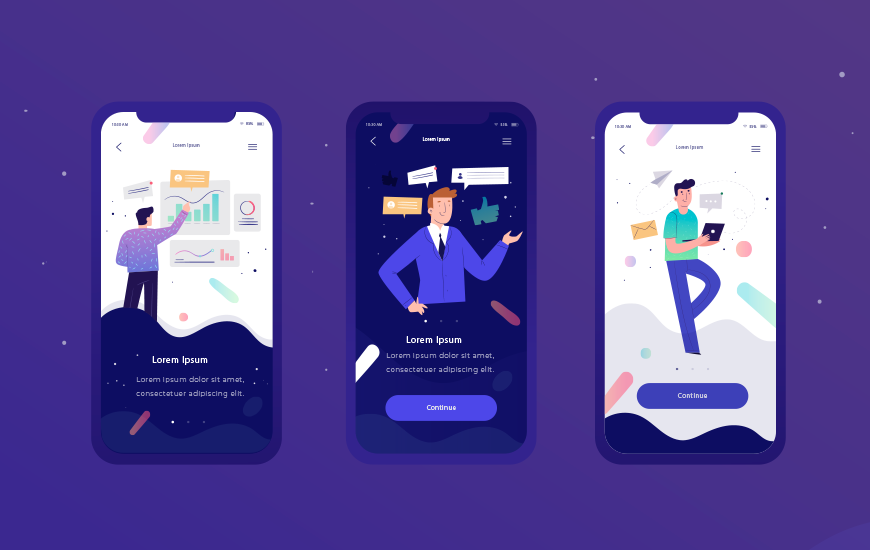Introduction
If you think that your business requires a mobile app, then the immediate and foremost question that pops up in your mind is, “Do I go for a native mobile app or a cross-platform mobile app?” Despite your choice of platform hinging predominantly on the platform your target audience enjoys spending time on, going for cross-platform mobile app development makes the prospect of your app turning successful and well-known in less time than a native mobile app. Dissimilar to native mobile apps, which operates solely on a single operating system, cross-platform apps are very versatile, have a single code base and operate on several operating systems.
Two chief types of cross-platform mobile apps happen to be:
‘Native’ Platform Mobile Apps
Through the assistance of a third-party vendor, these apps are developed with the API given by the native operating system SDK (Software Development Kit), in other programming languages without the backing of the operating system vendor. The final app utilizes native APIs and has a sole cross-platform codebase, which results in a higher native feel compared to a hybrid app.
Hybrid ‘HTML5’ Cross-Platform Mobile Apps:
These are primarily written as a web application with contemporary web technologies such as HTML5, CSS3, and JavaScript. The final app is attached within a thin native container, which permits it to operate on any device notwithstanding several browser-centric limitations. But, these apps most of the time are unable to get a native look and feel akin to native cross-platform apps. Apart from being quite adaptable and simple to build, cross-platform mobile apps benefit both clients and developers with a lot of worthwhile and tangible benefits.
Benefits of Cross-Platform Mobile App Development
One App Instead of Many:
In case you opt for the option of cross-platform, your developers will not be required to write new code for each platform. Rather, they can opt for the same code on various platforms. Utilizing a single code base on all platforms not only reduces routine activities but also turn the job of maintenance and deployment very convenient for developers. This is a big advantage with a cross-platform mobile app development.
Remain Uniform Throughout:
A pleasurable and seamless user experience (UX) is the recipe for success as far as an app is concerned. A beautifully thrashed out UX of an app needs to perform uniformly on all devices. Keeping similar user interface design on all platforms, cross-platform development provides users with the same incredible app experience irrespective of the device they’re using the app.
Integrate with the Cloud Seamlessly
The other distinct advantage with cross-platform apps is that they can be integrated swiftly and comfortably with cloud environments and enterprise-level plug-ins. To put it simply, cross-platform apps gel with anything and everything and can leverage several plug-ins and extensions for improved app experience, expandability and functionality.
Swift Release:
Cross-platform development offers developers the facility to reutilize the code within the app many times and hugely reduces the time required to introduce the app to the public. Further, instead of building various apps, simply one app would suffice. This can spare developers a lot of precious time, permitting them to offer the project in a short duration.
Zilch Technical Hurdles:
Cross-platform development can be very beneficial for developers as they don’t have to learn new, platform-centric languages such as Objective-C, Swift or Java. Any developer with familiarity in HTML5, CSS3, and JavaScript can easily begin with cross-platform app development. Also, these languages can be learned quickly than a totally new platform specific language.
More reach with less promotional efforts:
Standard rule stipulates that the large number of platforms you develop an app for, larger the audience you can reach out to. Developing the app for various platforms such as iOS, Android, Windows, and BlackBerry also minimizes your promotional initiatives as the majority of people will become familiar with your app. The other significant benefit is that you don’t have to make niche messages to attract a certain segment of audience.
Minimizes Development and Maintenance Expenses:
Clients requiring a cross-platform mobile application for their business will only need a small team of professionals well versed in a particular kind of technologies, which brings down the whole development expenditure regarding the project. As there is only a single app to deal and update, maintenance expenditures come down in comparison to managing and updating various apps for several platforms.
5 highly Desired Cross-Platform Mobile App Development Tools
In the past building a cross-platform mobile app used to be a very tall order fraught with a lot of difficulties and risks. But, with the enormous growth of cross-platform mobile app development tools, the scenario has transformed rapidly. Developers these days are leveraging these tools to churn out app with less hiccups. In this endeavor let us explore some well-known cross-platform mobile app development tools and platforms that can bring down your development time and efforts.
1. Xamarin
The hugely popular and commonly used tool to develop native cross-platform mobile apps with the potency of C# programming language and.NET framework. It is owned by Microsoft!
2. React Native
React Native happens to be an open source app development framework from Facebook to create cross-platform native mobile apps with the help of JavaScript and React.js. An ideal foil for Agile Development!
Also Read : React Native Or Xamarin ? Which One Is Best ?
3. NativeScript
Another effective open source framework to make cross-platform mobile apps having a native look and feel with JavaScript, TypeScript or Angular. It even assists the Vue.js framework!
4. Appcelerator Titanium
This is a leading open-source framework that permits developers to make native mobile apps for several platforms with a single JavaScript code base. A very good option for developers with knowledge in JS.
5. PhoneGap
Earlier known as Apache Cordova, PhoneGap is a famous framework to create cross-platform hybrid mobile apps with the efficiencies of HTML5, CSS3, and JavaScript.
Lastly
Going by the afore-mentioned points it can be safely concluded that cross-platform app development is ideal compared to other methods. The chief reason being less expensive and time-consuming. If you are planning a mobile app for your business then consider the cross-platform development process.




